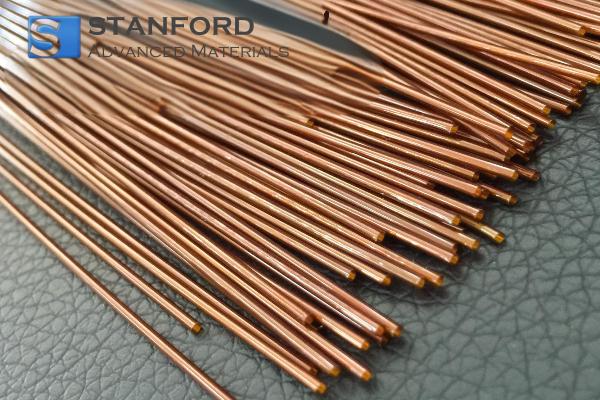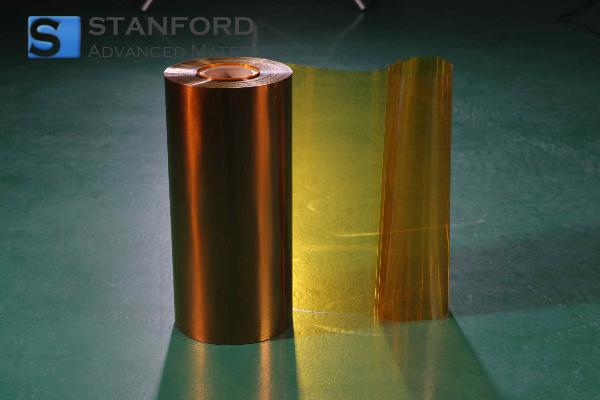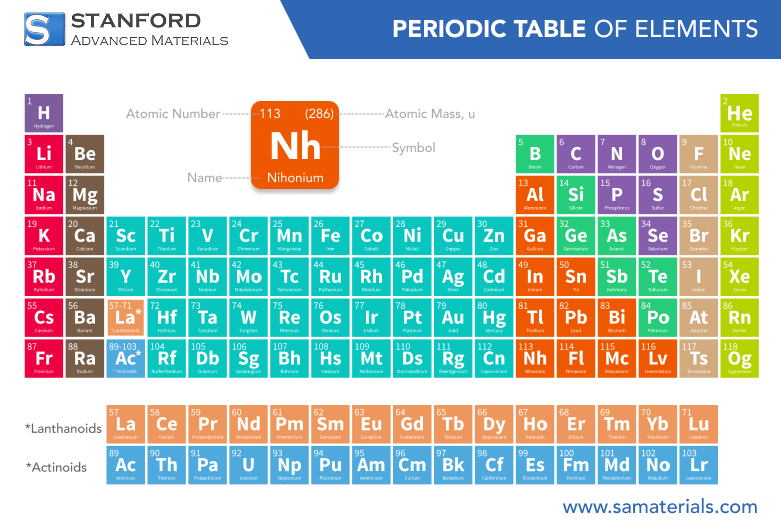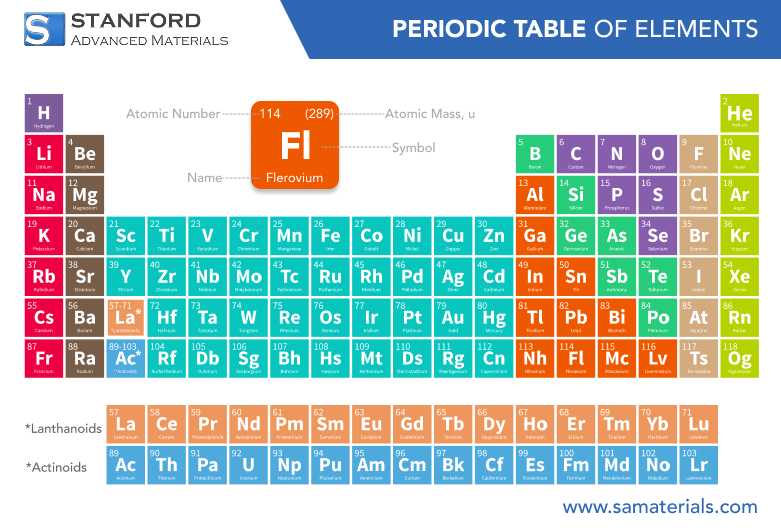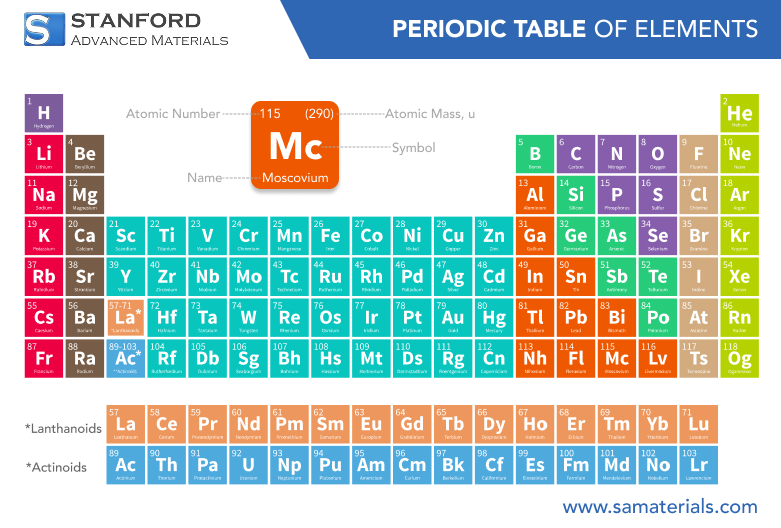Krypton: Element Properties and Uses
Description
This blog offers an introduction to the element Krypton, highlighting its chemical properties, preparation methods, common uses, and related industrial products.
Introduction to the Element
Krypton is one of the noble gases found in the periodic table and represents a fascinating subject for scientific study and industrial application. As an introduction to the element, Krypton is a colorless, odorless gas that occurs in trace amounts within the Earth's atmosphere. Despite its low abundance, its unique characteristics have attracted attention from both researchers and industries.
Krypton’s inert nature and stability under various conditions make it a subject of interest in fields ranging from lighting technology to high-precision scientific instruments.
Chemical Properties Description
The chemical properties of Krypton are defined by its status as a noble gas. Its complete valence electron shell renders it exceptionally stable and non-reactive under most conditions.
It is essential to note that while Krypton rarely forms compounds with other elements, under extreme conditions it can react, for example, to produce krypton fluorides. This reactivity under specific circumstances highlights both its stability and the special conditions required to alter its normally inert state. Such behavior is beneficial when a stable, non-reactive gas is needed, making Krypton an ideal candidate for controlled industrial processes and specialized lighting systems.
Physical Properties Data Table
Property | Value | Unit |
Atomic Number | 36 | - |
Atomic Weight | 83.8 | amu |
-157.36 | °C | |
Boiling Point | -153.22 | °C |
Density (gas at STP) | 3.749 | g/L |
For more information, please check Stanford Advanced Materials (SAM).
Preparation Methods
Preparation methods for obtaining Krypton primarily involve the separation of gases from the atmosphere through cryogenic distillation. In this process, air is first cooled to extremely low temperatures to liquefy its components. Since the atmosphere is a mixture of nitrogen, oxygen, and trace noble gases, the liquefaction allows for the separation of these gases based on their distinct boiling points. Once liquefied, sophisticated techniques isolate small quantities of Krypton as a by-product. Further purification ensures that the isolated gas meets the high standards required for both research and industrial applications.
These preparation methods have been refined over time, significantly impacting the cost efficiency and availability of Krypton for various technological uses.
Common Uses
Krypton has several common uses that emphasize its practical applications in modern technology.
One prominent application is in the field of lighting. Krypton is employed in high-performance fluorescent lamps and specialized photographic flashes, where its capacity to produce a brilliant white light when electrically excited is invaluable.
In addition to lighting, Krypton finds use in laser technology and in the insulation of windows. Its low thermal conductivity provides an energy-efficient solution for maintaining temperature control.
The gas’s physical and chemical stability further reinforces its suitability for high-intensity discharge lamps and other devices requiring a non-reactive environment.
Frequently Asked Questions
What is Krypton?
Krypton is a noble gas with atomic number 36, found in trace amounts in the atmosphere, known for its inertness and specialized applications.
How is Krypton obtained for industrial applications?
Krypton is extracted from air using cryogenic distillation, where gases are liquefied and separated based on their boiling points, followed by additional purification processes.
What are the key chemical characteristics of Krypton?
Krypton is characterized by its complete valence electron shell, which renders it extremely stable and non-reactive under normal conditions, although it can form compounds under specific extreme conditions.
Where is Krypton commonly used?
Krypton is widely used in high-performance lighting systems, lasers, photographic flashes, and window insulation due to its ability to produce bright light and its excellent insulating properties.
Which industries benefit most from Krypton?
Industries such as lighting, aerospace, electronics, and energy efficiency incorporate Krypton into their products, taking advantage of its inert nature, stability, and insulating qualities.



